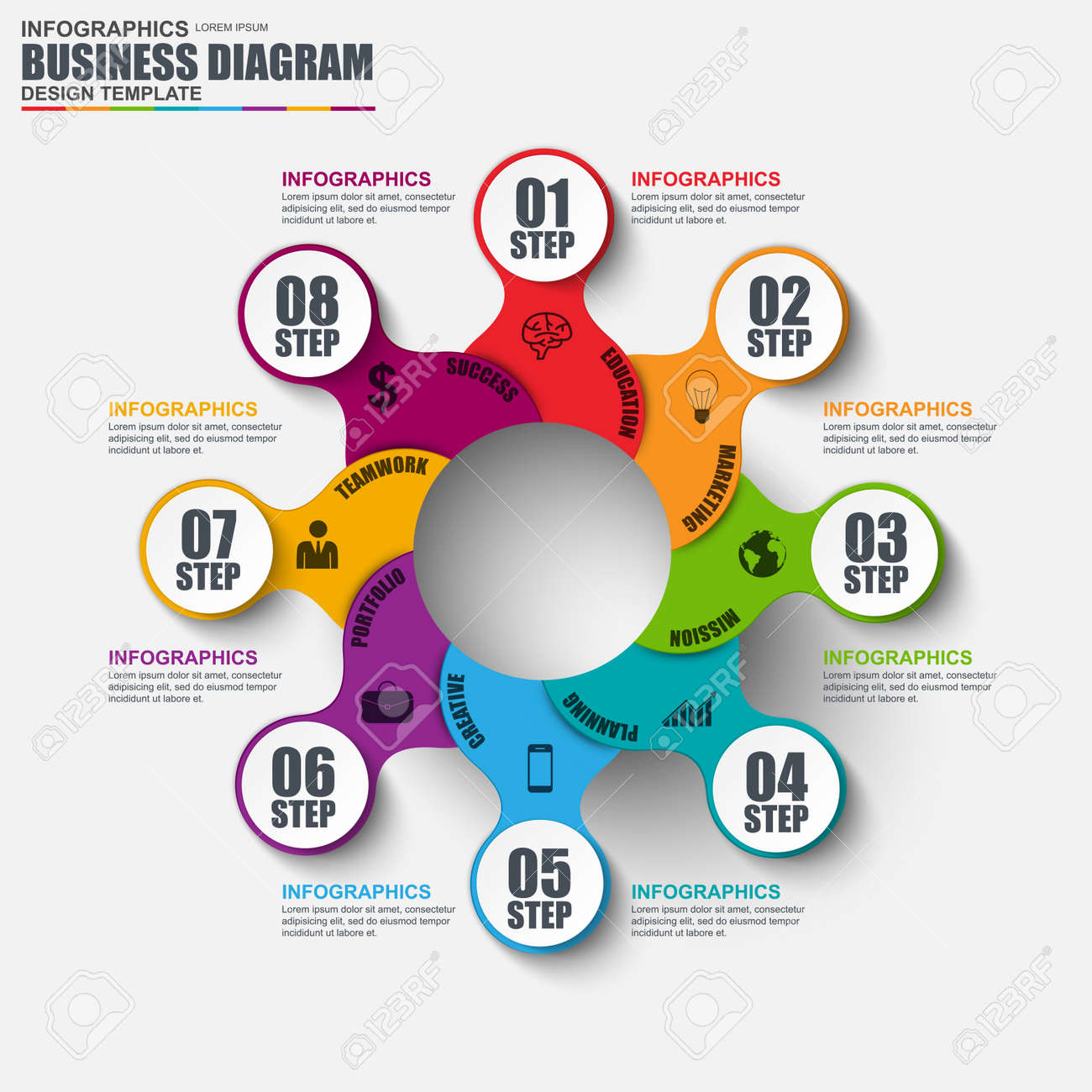The Evolution Of Web Site Design: From Past To Present
The Evolution Of Web Site Design: From Past To Present
Blog Article
Write-Up Writer-Booker Molina
In the past, web sites were basic and concentrated on details. Navigating was straight, and layout was for desktop computers. Currently, customer experience is vital. Data overviews layouts for very easy navigation. Receptive formats fit different gadgets. Today, dark setting lowers stress, and minimal menus improve navigating. Interactive functions involve individuals, and strong visuals attract attention. AI integration enhances engagement. See just how design has actually evolved to improve your online trip.
Early Days of Web Design
In the early days of web design, simplicity reigned supreme. Sites were fundamental, with minimal shades, typefaces, and formats. The focus got on providing info rather than fancy visuals. Individuals accessed the net via slow dial-up connections, so rate and capability were key.
Navigating menus were straightforward, commonly located at the top or side of the web page. Internet sites were created for computer, as mobile browsing wasn't yet widespread. Content was king, and designers focused on simple readability over complicated design components.
HTML was the primary coding language utilized, and developers needed to work within its constraints. Animations and interactive attributes were minimal compared to today's requirements. Internet sites were fixed, with little vibrant material or personalized customer experiences.
Rise of User-Focused Style
With the development of website style, a shift in the direction of user-focused design principles has come to be progressively popular. Today, developing websites that focus on individual experience is essential for engaging visitors and attaining service goals. User-focused design involves understanding the demands, preferences, and habits of your target audience to tailor the web site's format, web content, and features as necessary.
Designers currently carry out extensive research study, such as user surveys and functionality testing, to gather insights and feedback straight from customers. https://www.searchenginejournal.com/seo-temporarily-out-of-stock-product-pages/425242/ -driven strategy helps in producing instinctive navigating, clear calls-to-action, and aesthetically enticing user interfaces that reverberate with site visitors. By putting the user at the center of the design process, internet sites can deliver an extra tailored and pleasurable experience.
Responsive layout has actually additionally emerged as a key element of user-focused style, making sure that internet sites are enhanced for different tools and screen sizes. This flexibility improves access and use, satisfying the varied ways individuals connect with sites today. Essentially, the surge of user-focused style represents a shift towards developing electronic experiences that prioritize the demands and assumptions of the end user.
Modern Trends in Web Design
Discover the current fads forming website design today. One noticeable trend is dark setting layout, supplying a smooth and modern-day appearance while lowering eye pressure in low-light environments. An additional vital trend is minimal navigating, streamlining food selections and improving user experience by focusing on essential elements. Integrating micro-interactions, such as animated buttons or scrolling results, can develop a much more engaging and interactive web site. Responsive layout continues to be vital, making certain seamless individual experiences across numerous tools. Furthermore, utilizing strong typography and asymmetrical designs can include aesthetic interest and draw attention to certain content.
Integrating AI technology, like chatbots for customer support or tailored suggestions, enhances customer involvement and enhances procedures. Ease of access has likewise end up being a significant pattern, with designers prioritizing inclusive style techniques to accommodate varied individual demands. Accepting sustainability by maximizing web site performance for speed and performance is one more arising pattern in website design. Working together with customer responses and data analytics to iterate and improve style continuously is necessary for staying pertinent in the ever-evolving electronic landscape. By accepting these contemporary fads, you can develop an aesthetically enticing, easy to use web site that resonates with your audience.
Conclusion
As you assess the development of website style from the very early days to currently, you can see just how user-focused layout has come to be the driving pressure behind modern trends.
Embrace the journey of adjustment and adaptation in website design, constantly maintaining the customer experience at the leading edge.
Tippingpointdigital
Remain current with the current patterns and technologies, and never ever stop developing your approach to produce visually stunning and user-friendly internet sites.
Develop, adapt, and develop - the future of web design is in your hands.
